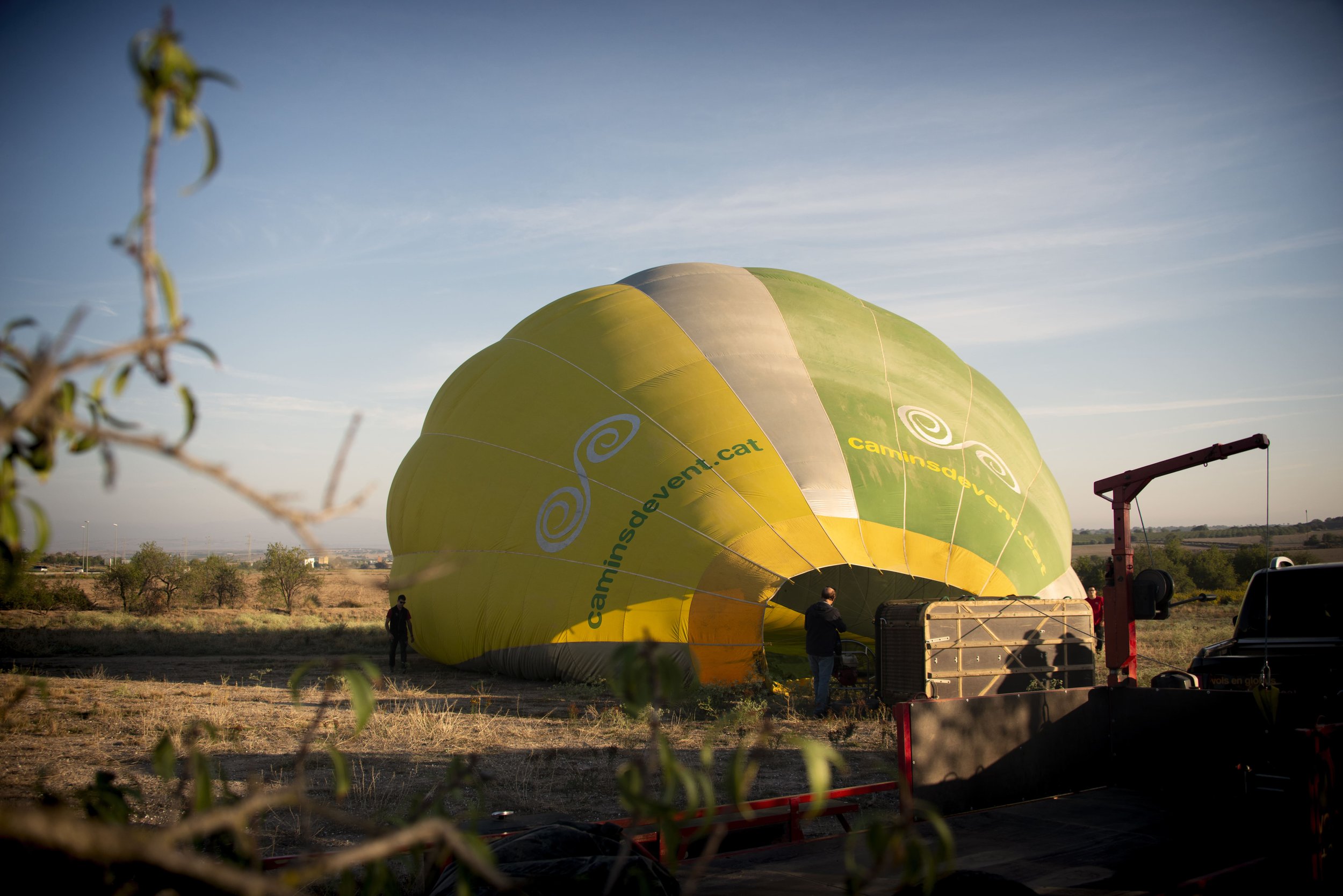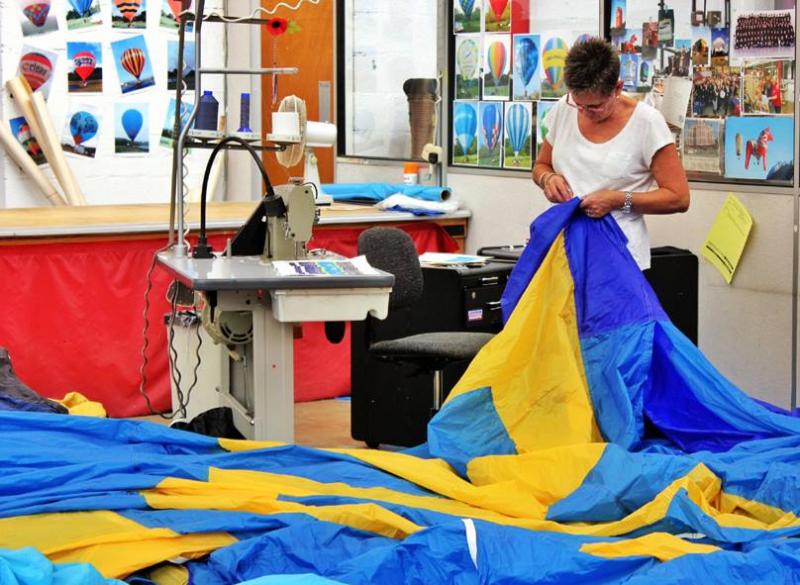Hot air balloons have fascinated humanity since their invention in the 18th century. From the pioneering flights of the Montgolfier brothers to modern aerostatic adventures, these majestic crafts have evolved into various types, each with specific characteristics and purposes.
In this article, we will explore the different types of hot air balloons that exist, highlighting their differences and main uses.
Related content: The History of Hot Air Ballooning
Hot Air Balloon
Description
The hot air balloon is the most common and recognizable type of aerostatic balloon. It operates by heating the air inside the balloon, reducing its density and allowing the balloon to ascend.
Main Components
• Envelope: Usually made of nylon, it contains the hot air.
• Burners: Produce the flames that heat the air inside the envelope.
• Basket: Transports passengers and the pilot.
Uses
• Recreational: Tourist balloon rides are popular for their panoramic views and unique flight experience.
• Sporting: Ballooning competitions where pilots showcase their skill in control and maneuverability.
Related content: European Balloon Festival 2024. The international concentration (competition) of Hot Airt Ballons
Gas Balloon
Description
Gas balloons use a gas lighter than air, such as helium or hydrogen, to fly. Unlike hot air balloons, they do not require burners.
Types of Gas
• Helium: Safer but more expensive.
• Hydrogen: More economical but highly flammable.
Main Components
• Envelope: Made of impermeable materials to contain the gas.
• Basket or Gondola: Similar to that of hot air balloons, used to transport passengers.
Uses
• Scientific: Used in meteorological and atmospheric research.
• Exploration: For long-distance and high-altitude missions, such as Auguste Piccard’s famous flight into the stratosphere.
Rozière Balloon
Description
The Rozière balloon combines elements of both hot air balloons and gas balloons. It has separate compartments for gas and hot air, allowing for greater control and endurance.
Main Components
• Envelope: Divided into sections for gas and hot air.
• Burners and Gas Valves: To control temperature and pressure.
Uses
• Long-Duration Flights: Ideal for transcontinental or even circumnavigation flights.
• Extreme Exploration and Adventure: Chosen by adventurers like Bertrand Piccard and Brian Jones, who completed the first non-stop circumnavigation of the world in a Rozière balloon.
Advertising Balloon
Description
These balloons are primarily designed for advertising purposes. Their main feature is their striking shape and design, which can include logos and promotional messages.
Main Components
• Customized Envelope: Adapted to display brands or messages.
• Lighting Systems: To be visible even at night.
Uses
• Marketing and Events: Used at festivals, fairs, and sports events to attract attention and promote products or services.
Tethered Balloon
Description
Unlike free-flying balloons, tethered balloons are anchored to the ground with cables, allowing them to ascend and descend in a controlled area.
Main Components
• Anchoring System: Cables and securing equipment.
• Envelope and Basket: Similar to hot air balloons, but designed for controlled vertical movements.
Uses
• Touristic: Provide flight experiences in urban or touristic settings without traveling long distances.
• Promotional and Advertising: Also used to draw attention at specific events.
Hot air balloons have significantly evolved since their inception, diversifying into various types with specific applications. From recreational hot air balloons to sophisticated Rozière balloons designed for long-duration expeditions, each type offers a unique perspective on the wonder of flight. Whether for scientific research, advertising, or the simple joy of flying, hot air balloons continue to capture the imagination and adventurous spirit of people worldwide.
Know our Hot Air Balloon Flights over Catalonia
Premium, Private and Gastronomic Hot Air Balloon in Barcelona, Lleida, Tarragona and Girona




